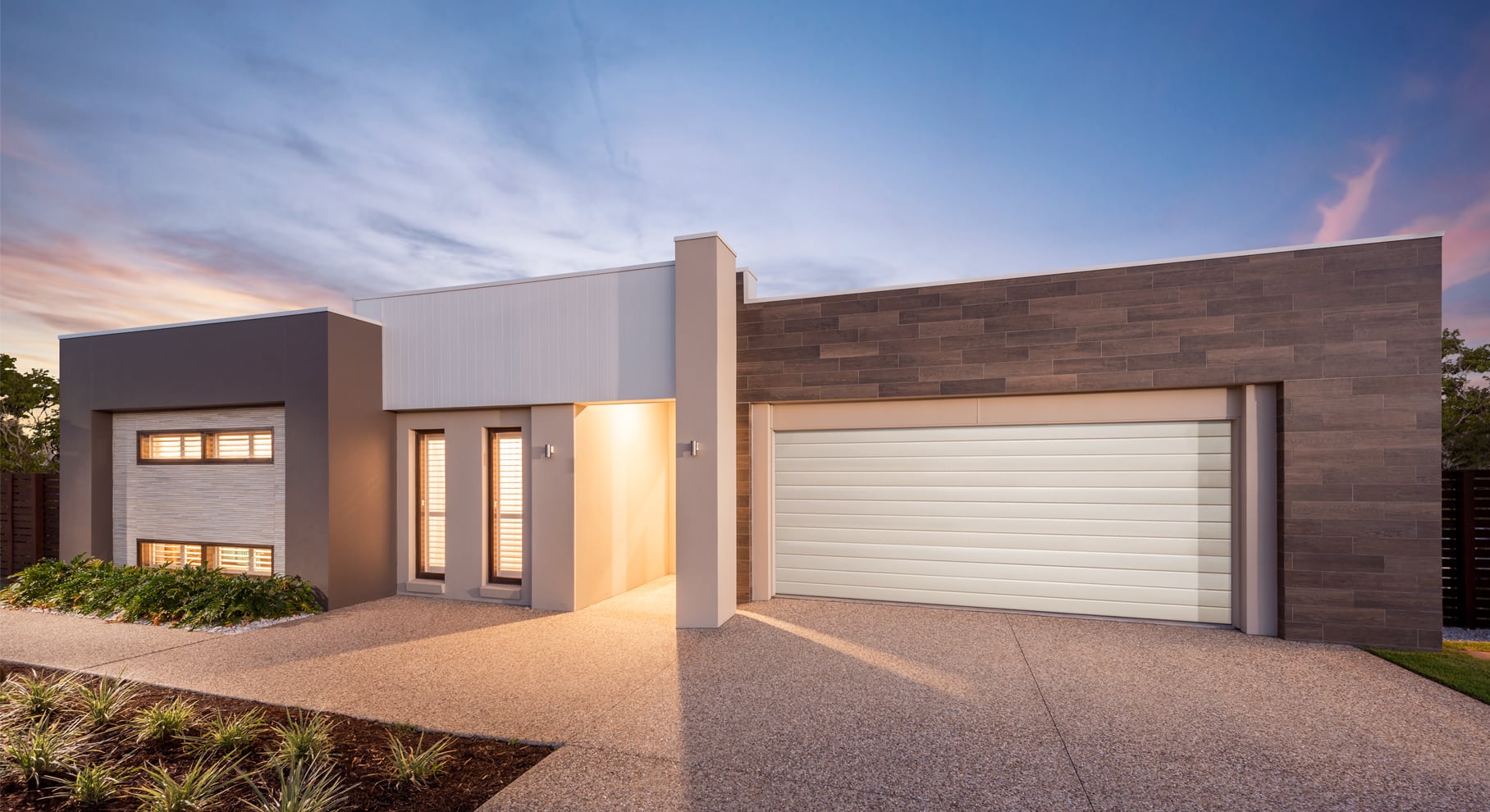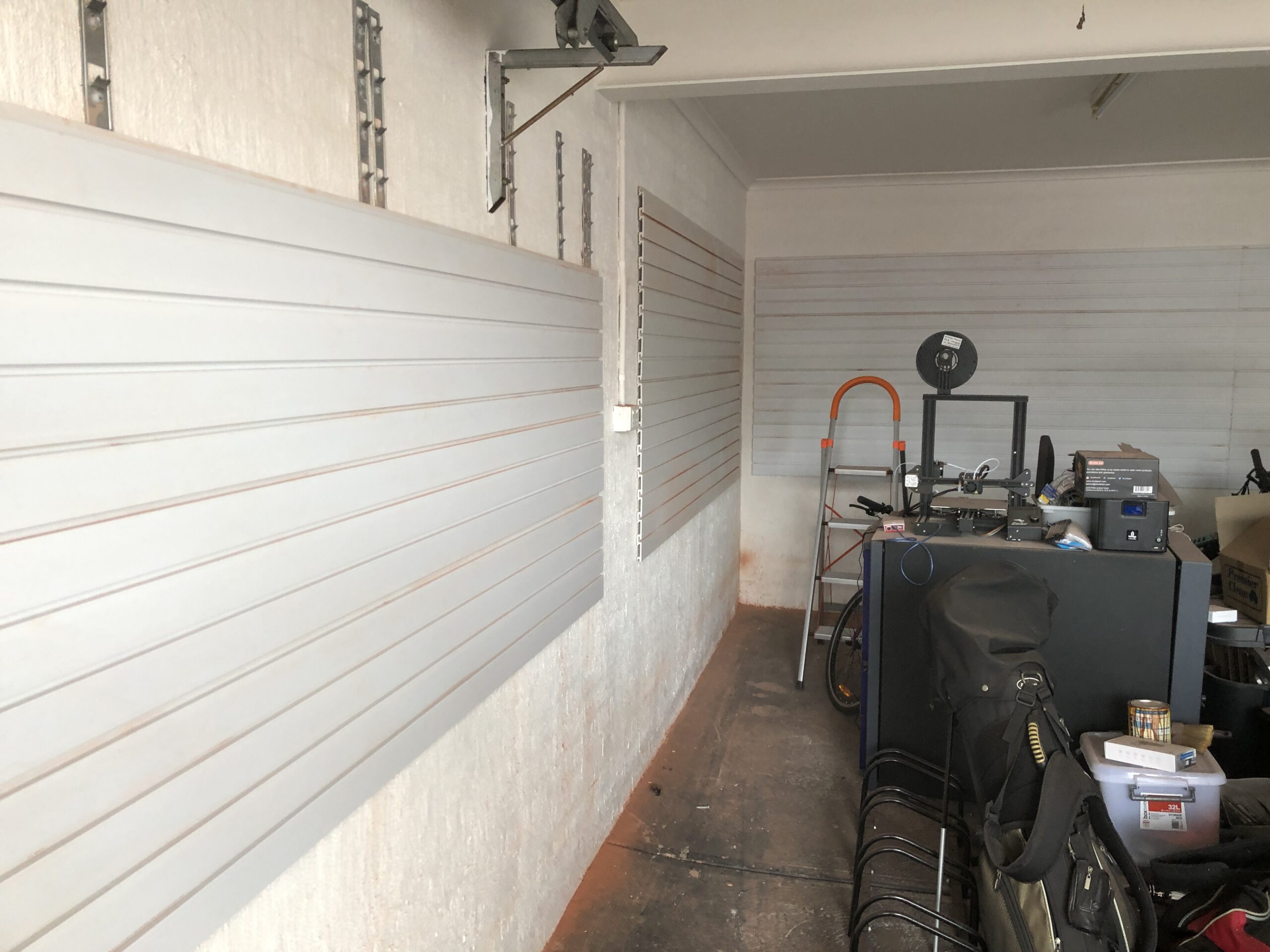Storing a bicycle efficiently is a common challenge for homeowners and apartment dwellers alike. Whether you’re short on garage space, sharing a small apartment, or simply want to declutter, choosing the right storage method can make all the difference. In this guide, we’ll explore the most space-saving way to store a bike — with detailed measurements, pros and cons, and practical advice on what works best.
🚴 Why Space Matters
A standard adult bicycle measures:
- Length: approx. 170–180 cm
- Handlebar width: approx. 60–70 cm
- Wheel diameter: 26″–29″ (66–74 cm)
- Height from ground: 95–110 cm when upright
That means a single bike can occupy over 1.2 square metres when stored on the ground. Multiply that by multiple bikes in a home, and you’re quickly dealing with serious floor space consumption — especially in smaller garages or homes with growing families.
🚲 1. Storing on the Ground
📏 Footprint: ~180cm (L) × 70cm (W)
Rating: ★☆☆☆☆
Pros:
- Easiest access — no lifting
- Great for frequent riders
- Stable if on a rack or kickstand
Cons:
- Takes up significant floor space
- Trip hazard
- Not suitable for compact storage
- Dirt/oil may contact floors
Best for: Riders who use their bikes daily and have ample garage space
🚲 2. Horizontal on the Wall
(Bike is mounted flat and parallel to the ground)
📏 Wall space: ~180cm (W) × 110cm (H); protrudes 60–80cm
Rating: ★★☆☆☆
Pros:
- Keeps the bike off the floor
- Visually appealing (great for displaying bikes)
- Easy to grab and go
Cons:
- Takes up large horizontal wall space
- Protrudes into garage or room
- Requires strong mounting system
Best for: Wide garage walls or stylish indoor setups (e.g., apartments). Use StoreWALL 381mm Brackets with padding for this option.

🚲 3. Perpendicular to the Wall
(Bike is hung by the front wheel; rear wheel sticks out)
📏 Wall space: 180cm (H), 60cm (W) × 120–150cm (out from the wall)
Rating: ★★★☆☆
Pros:
- Uses vertical height
- Saves floor space
- Quick installation with a simple hook
Cons:
- Rear wheel projects into usable garage area
- Not fully flat to the wall
- Lifting required
Best for: Side garage walls or hallways where depth isn’t an issue. Consider a StoreWALL Rotating Bike Hook which allows for perpendicular hanging but also swings the bike closer to the wall.

🚲 4. Upright Flat on the Wall
(Bike is stored vertically, both wheels flat against the wall)
📏 Wall space: 180cm (H), 60–70cm (W) × 60cm (D)
Rating: ★★★★★
Pros:
- Most space-saving option
- Minimal intrusion into the room
- Great for storing multiple bikes in a row
- Clean and professional appearance
- Ideal for garage or apartment walls
Cons:
- Requires lifting the bike onto hook (lightweight bikes preferred)
- Best when paired with a wall panel system for weight distribution
Best for: Garages, under stair storage, behind doors, and narrow walls. Consider a StoreWALL Heavy Duty Universal Hook.

🛠 Recommended System: StoreWALL Heavy Duty Universal Hook or a StoreWALL Rotating Bike Hook
At StoreWALL Australia, we recommend pairing our Heady Duty Universal Hook or our Rotating Bike Hook with our StoreWALL Wall Panels. This combination provides:
- Strong support for heavy bikes
- Secure locking mechanism to prevent bikes from falling
- Full customisation — add more hooks, shelves, or baskets later
- A clean, modular design that grows with your storage needs
For example, in a standard single garage wall (approx. 2.4m high × 3.6m wide), you can easily fit 3–4 bikes vertically using this method — and still have room underneath for bins or tool storage.

🏁 Final Verdict: Go Vertical
When it comes to saving space and keeping your garage or home organised, storing your bike upright and flat against the wall is the most efficient solution. It maximises vertical space, keeps the floor clear, and offers a safe, secure, and clean look — especially when combined with StoreWALL’s smart storage solutions.



















